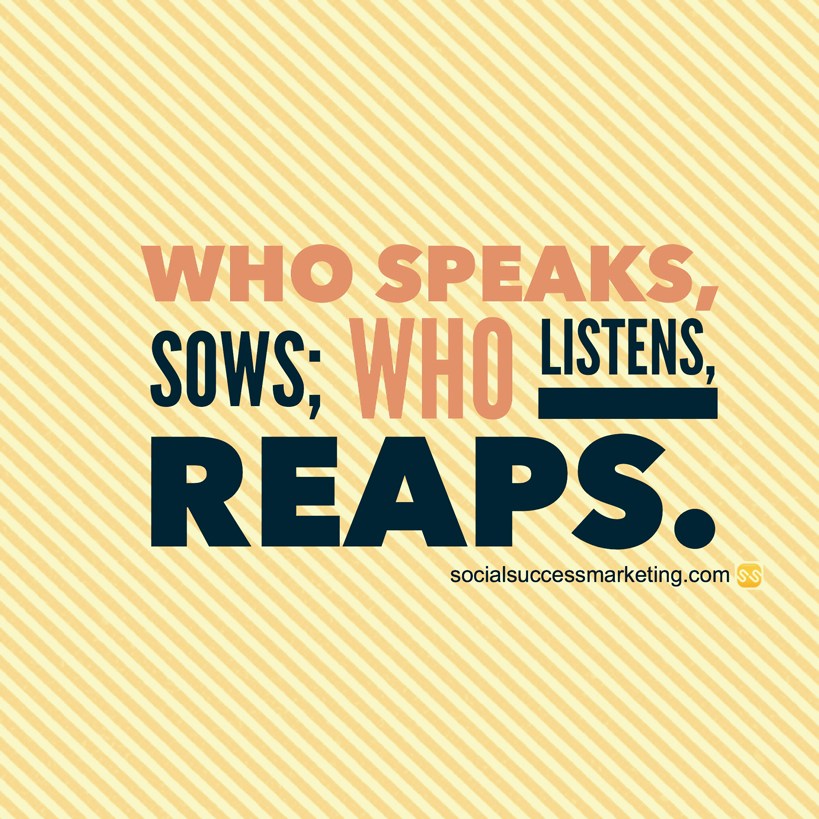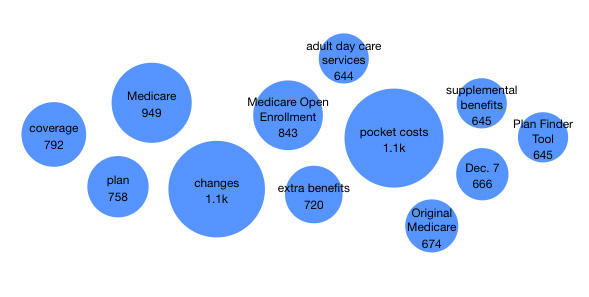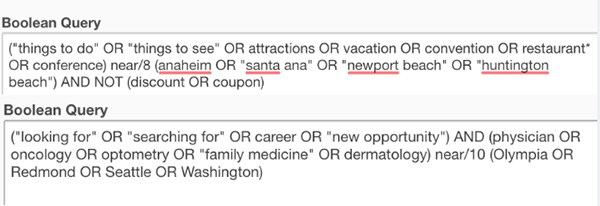It's strange right, we grow up being told that spying on others is not okay. Trying to listen to other people's conversations is just rude. But aren't these somewhat innate behaviors because ultimately they are tied to security, survival, success?
As people, we care what others are saying about us. We want to be in the know when it comes to conversations, events, trends, potential issues or fires that could somehow impact us and those we care about. This same instinctual behavior applies to brands and government. We all should be spying and eavesdropping because there is a lot to learn by doing so.
In the field of marketing, we just give this a nicer name - often referring to this strategy as social listening or social intelligence. At this point in time, every brand - regardless of size - should be investing in social listening. Most brands would include this strategy under their marketing budget, but social listening doesn't need to be claimed and leveraged only by marketing (as we will explain), many different parts of an organization can benefit from social listening. So, what is social listening and why should brands be employing this strategy?
What Is Social Listening?
Social listening often gets confused with social monitoring. These are not the same. Social listening applies to the setup and tracking of conversations around specific topics, keywords, long-tail phrases, brand names or industry terms, and leveraging these insights to discover opportunities. I should also make clear that social listening not only scrapes these conversations from the most popular social channels such as Facebook, Twitter, Instagram - but many of the top social listening platforms also scrape blogs, review sites, forums and many can also add in specific URLs that brands want to track conversations on.
Social monitoring is more specific to tracking @mentions of your brand and comments directed to your brand. Don't get me wrong, social monitoring is very important, but social listening provides a much larger, holistic view of what's happening not only with your brand but with all things surrounding and influencing your brand. Dan Neely, CEO of Networked Insights nailed it when he compared social monitoring to social listening...
"Monitoring sees trees, listening sees the forest."

Why Social Listening?
There are so many beneficial reasons to invest in social listening. And, as I mentioned before, various departments within an organization can use social listening for different initiatives specific to their function within the company. Here we look at some reasons to continually perform social listening.
- Brand Reputation This is usually the primary reason that brands get setup with social listening - to analyze chatter and sentiment around their specific brand.
- Crisis Identification & Control Another main reason that brands invest in listening tools is to identify potential issues early before they get out of control. By listening daily brands can see when concerns start popping up and can narrow in on the key factors causing the issues, bring in appropriate teams to discuss and craft plans, and be proactive in their responses.
- Competitor & Marketplace Analysis Social listening allows brands to take a look at what their competition is doing and see where they stand in comparison to their competition. Brands can see where they stand in terms of social volume, reach, sentiment and more. By social listening, brands and marketing agencies can uncover strengths, weaknesses, opportunities and threats.
- Customer Service This parlays well off of brand reputation. When brands are listening to what consumers/fans/potential consumers are saying when referencing their brand, potential issues can be identified earlier allowing customer service teams to prepare responses and act in a more timely manner.
- Spot Trends When you set up searches around your brand, industry keywords, competitors, consumer persona insights, influencers, thought leaders, popular and relevant hashtags, etc. you will begin to spot trends and can really hone in on what your audience is concerned with, what they are interested in. You can apply these insights to design marketing campaigns, enhance paid efforts, create valuable content and much more. Often times you'll discover things that make you go..."hmm...that's interesting."
Sample social listening boolean search funnels

Trends around Medicare
- Create Killer Content This was touched on above as well, but this can't be enforced enough. Content is and always will be king. Without valuable, relevant, timely content...you got nothing. Content drives marketing. By listening, learning and applying, brands can create content that audiences desire, content that will be shared. Also, by incorporating terms your audience is using - specific keywords/phrases - you'll also enhance your SEO efforts. Sounds like a win-win situation.
- Identify Influencers & UGC By setting up the right search terms and analyzing reporting, brands can identify influencers that can help them generate greater reach, get in front of new audiences and help them reach their goals. Brands are then also able to find User Generated Content (UGC) from these individuals and can reach out to them to get permission to share that content.
- Product/Service Development Many brands have R&D departments whose primary objective is to identify new opportunities to enhance products/services or uncover ideas for new products/services offerings. Through social listening, brands can identify features of products and services that consumers or potential consumers like and dislike, recognize features that consumers are looking for and even spot things consumers dislike about the competitor product or service to craft packaging messages, enhance advertising and much more.
- PR Opportunities Brands can use social listening as a backward approach to identifying and connecting with media representatives that may be interested in their brand's story. Brands can see which media outlets are talking about their industry, their competitors, etc. and create lists of these media representatives and reach out to them with newsworthy content.
Really, from every aspect of a brand's business, social listening can prove to be immensely valuable. Sales teams can gain insights into what customers like and dislike about products and services. Marketing teams can get ideas for content, overall campaigns, advertising copy and creative and more. Product Development teams can find the next big win. Customer Service can respond to consumer complaints and questions right away. PR and Corporate Communications teams can identify opportunities, spread messages, and put out fires. With all those advantages, social listening should be a main priority for any and all brands.




